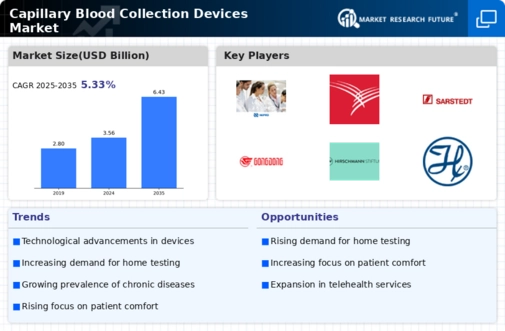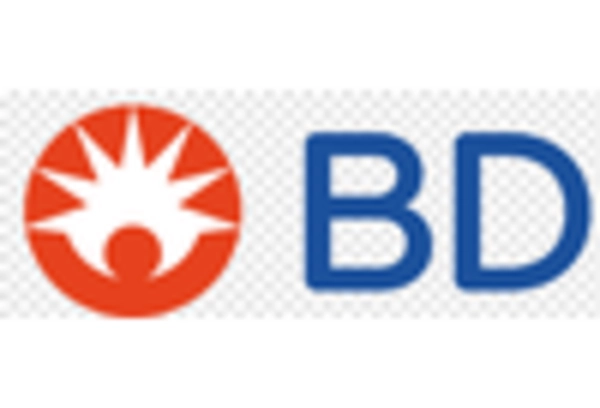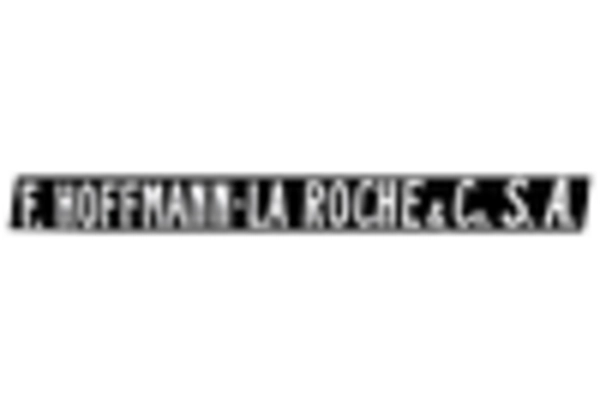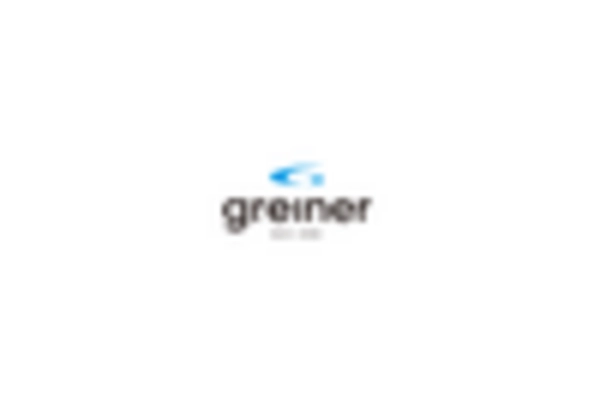Regulatory Support and Standardization
Regulatory support and standardization play a crucial role in the Capillary Blood Collection Devices Market. Governments and health organizations are increasingly recognizing the importance of standardized blood collection methods to ensure safety and efficacy. This regulatory backing fosters innovation and encourages manufacturers to develop high-quality devices that meet stringent safety standards. For instance, the introduction of guidelines by health authorities has led to improved product designs and enhanced user safety. As a result, the market is likely to benefit from increased consumer trust and adoption of capillary blood collection devices, further propelling market growth.
Shift Towards Home Healthcare Solutions
The Capillary Blood Collection Devices Market is witnessing a notable shift towards home healthcare solutions. This trend is driven by the increasing preference for at-home monitoring and testing, particularly among elderly patients and those with chronic illnesses. The convenience of using capillary blood collection devices at home allows patients to manage their health more effectively without frequent hospital visits. Market data suggests that the home healthcare market is expected to grow significantly, with a projected value of over 300 billion dollars by 2025. This shift not only empowers patients but also reduces the burden on healthcare facilities, thereby driving the demand for capillary blood collection devices.
Increasing Prevalence of Chronic Diseases
The rising incidence of chronic diseases, such as diabetes and cardiovascular conditions, is a significant driver for the Capillary Blood Collection Devices Market. As healthcare providers seek to monitor these conditions more effectively, the demand for capillary blood collection devices is likely to increase. For instance, the World Health Organization has reported that the number of individuals diagnosed with diabetes is expected to rise to 700 million by 2045. This growing patient population necessitates the use of capillary blood collection devices for regular monitoring and management of blood parameters. Consequently, the market is poised for expansion as healthcare systems adapt to these changing needs.
Rising Awareness of Preventive Healthcare
The growing awareness of preventive healthcare is significantly influencing the Capillary Blood Collection Devices Market. As individuals become more health-conscious, there is an increasing emphasis on regular health check-ups and early detection of diseases. This trend is reflected in the rising demand for capillary blood collection devices, which facilitate easy and quick testing for various health parameters. Market Research Future indicates that the preventive healthcare market is expected to reach a valuation of over 200 billion dollars by 2026. This heightened awareness not only drives the adoption of capillary blood collection devices but also encourages manufacturers to innovate and expand their product offerings.
Technological Innovations in Capillary Blood Collection Devices
The Capillary Blood Collection Devices Market is experiencing a surge in technological innovations that enhance the efficiency and safety of blood collection. Recent advancements include the development of devices that minimize pain and discomfort for patients, which is crucial for increasing patient compliance. Moreover, the integration of smart technology, such as mobile applications that track blood glucose levels, is becoming more prevalent. This trend is supported by data indicating that the market for such devices is projected to grow at a compound annual growth rate of approximately 8% over the next five years. These innovations not only improve the user experience but also streamline the overall blood collection process, making it more efficient and reliable.

















Leave a Comment